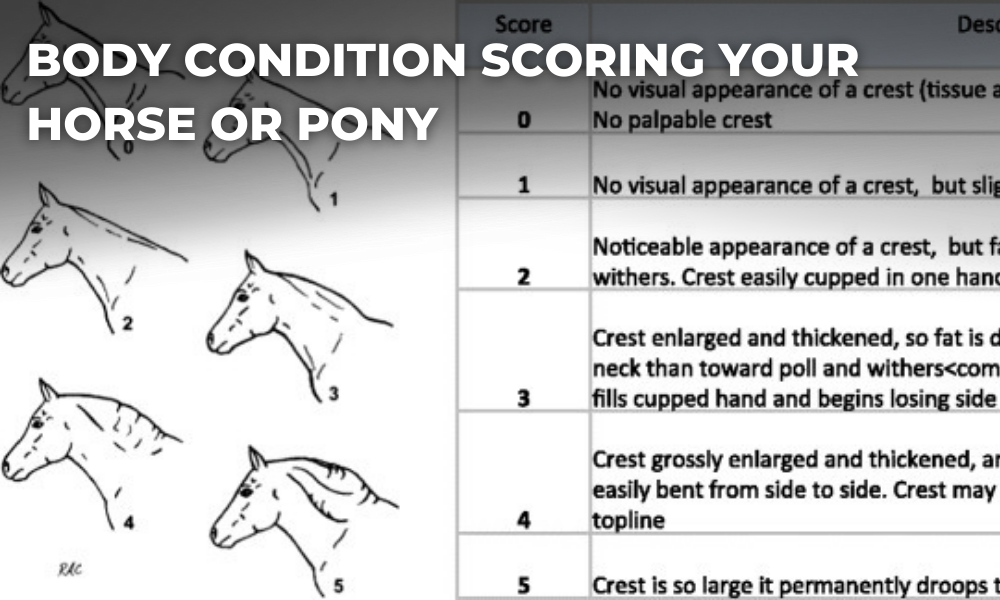
31 Aug Body Condition Scoring Horses
Body condition scoring horses – are you across it?
When it comes to nutrition, you often hear people talking about a horse’s body condition score or BCS. A BCS is used to help owners accurately assess the condition their animals are in.
Understanding Body Condition Scoring is important for horse owners as the standardised scoring system helps to avoid vague descriptions and limit subjectivity. It’s also a good tool to use year round, to help you monitor your horse’s condition and health, as changes in BCS can mean you may need to adjust diet, or that your horse might have an underlying health issue.
Henneke
One of these standardised systems was developed by Dr. Don Henneke, which scores a horse from 1 (poor) to 9 (obese) and can be used across all horses, disciplines and people. It is a widely used system as it has a broader scoring range and covers 6 areas, which gives a more accurate average score.
Dr. Henneke’s system works by assessing fat deposits in 6 areas across the horse:
– Neck (A)
– Withers (B)
– Behind the Shoulder (C)
– Ribs (D)
– Loins/Topline (E)
– Tailhead (F)
The Henneke System uses assessments of the amount of fat in the 6 areas outlined above (See the image to the right for where these areas are source Veterian Key).
The assessments are made visually and using your hands to feel. Each score has a description associated with it that outlines the main physical attributes.
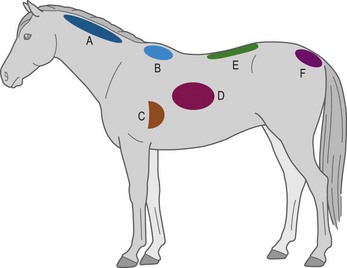
How to Use the Henneke System:
Use the score descriptions band image chart below to assess the condition of your horse or pony.
You can use your hands as well as visual analysis, and find the score which best suits.
Note: This system is intended as a guide for horse owners, and may not suit every individual breed or type of horse.
Score 1 – POOR
Animal is extremely emaciated. Spinous processes (part of vertebrae that projects upward), ribs, tailhead, hooks (tuber coxae; hip joints), and pins (tuber ischii; lower pelvic bones) projecting prominently. Bone structure of withers, shoulders, and neck easily noticeable. No fatty tissue can be felt.
Score 2 – VERY THIN
Animal is emaciated. Slight fat covering over base of the spinous processes, transverse processes (portion of vertebrae that projects outward) of lumbar (loin area) vertebrae feel rounded. Spinous processes, ribs, tailhead, hooks, and pins are prominent. Withers, shoulders, and neck structures are faintly discernible.
SCORE 3 – THIN
Fat is built up about halfway on spinous processes, transverse processes cannot be felt. Slight fat cover over ribs. Spinous processes and ribs are easily discernible. Tailhead is prominent, but individual vertebrae cannot be visually identified. Hook bones appear rounded, but are easily discernible. Pin bones are not distinguishable. Withers, shoulders and neck are accentuated.
SCORE 4 – Moderately Thin
Negative crease along back (spinous processes of vertebrae protrude slightly above surrounding tissue). Faint outline of ribs is discernible. Fat can be felt around tailhead (prominence depends on conformation). Hook bones are not discernible. Withers, shoulders and neck are not obviously thin.
SCORE 5 – Moderate
Back is level. Ribs cannot be visually distinguished, but can be easily felt. Fat around tailhead begins to feel spongy. Withers appear rounded over spinous processes. Shoulders and neck blend smoothly into body.
SCORE 6 – Moderately Fleshy
May have slight crease down back. Fat over ribs feels spongy. Fat around tailhead feels soft. Fat begins to be deposited along the sides of the withers, behind shoulders and along neck.
SCORE 7 – Fleshy
May have crease down back. Individual ribs can be felt, but with noticeable filling of fat between ribs. Fat around tailhead is soft. Fat is deposited along withers, behind shoulders and along neck.
SCORE 8 – Fat
Crease down back. Difficult to feel ribs. Fat around tailhead is very soft. Area along withers is filled with fat. Area behind shoulder is filled with fat and flush with rest of the body. Noticeable thickening of neck. Fat is deposited along inner thighs.
SCORE 9 – Extremely Fat
Obvious crease down back. Patchy fat appears over ribs. Bulging fat around tailhead, along withers, behind shoulders and along neck. Fat along inner thighs may rub together. Flank is filled with fat and flush with rest of the body.
Source Henneke Et Al (1983) – adapted from Veterian Key
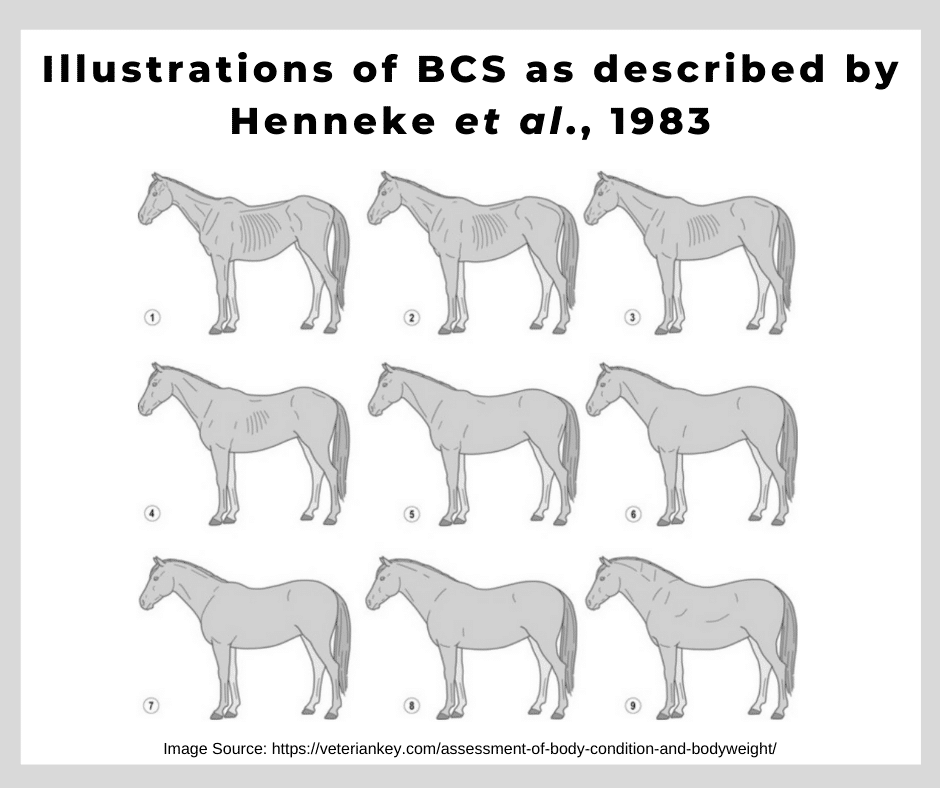
Cresty Neck Scoring
Cresty Neck Scoring is an additional system that is independent to body condition score. It assesses the fatty on the crest, ranking from 1-5.
This is especially important for horses and ponies prone to Laminitis, IR/ID, PPID and EMS. To assign a cresty neck score, you should use a combination of visual assessment and palpation.
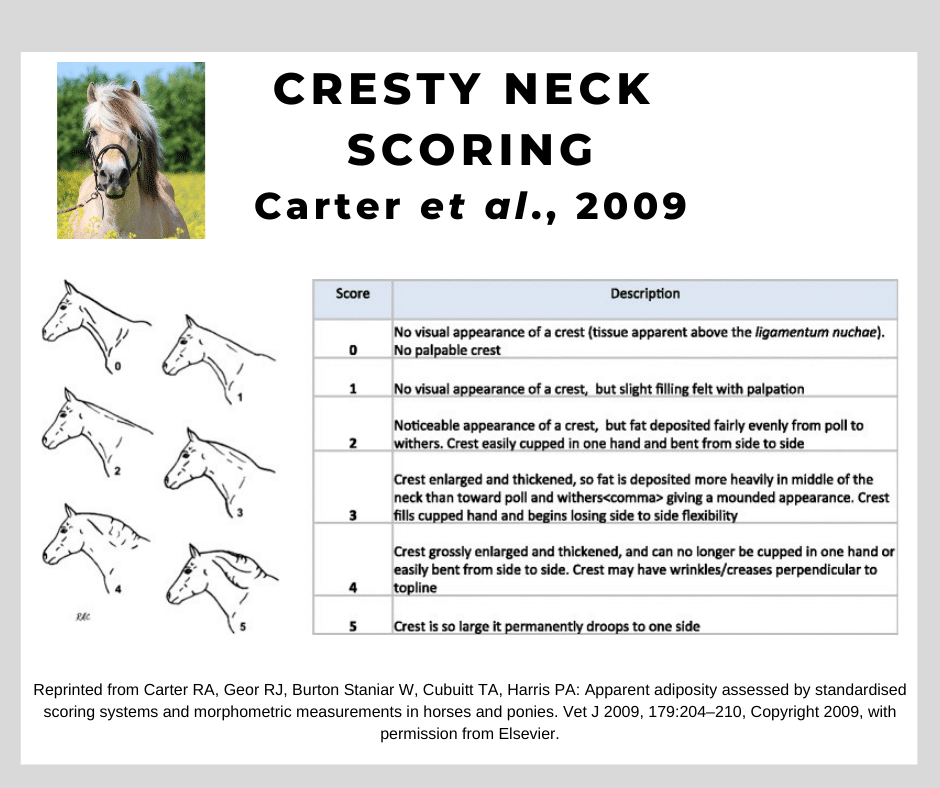
The 0-5 Scale
Another system of scoring was developed by Leighton-Hardman (1980) and adapted by Carroll and Huntington (1988) which scores horses from 1 (very poor) to 5 (very fat). This scores subcutaneous fat in 3 main areas of the horse:
– Neck
– Back and Ribs
– Pelvis
It is worth learning how to assess your horse’s body condition, as it can help you stay on top of their health and nutrition.
Read more on the BCS systems, and how you can score your horse click here.
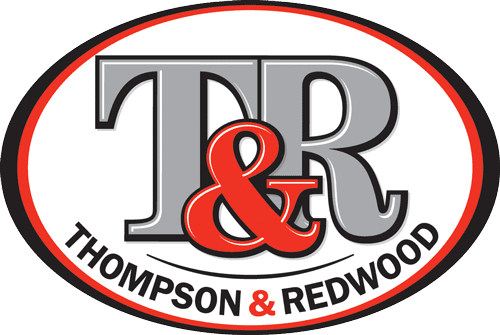


No Comments